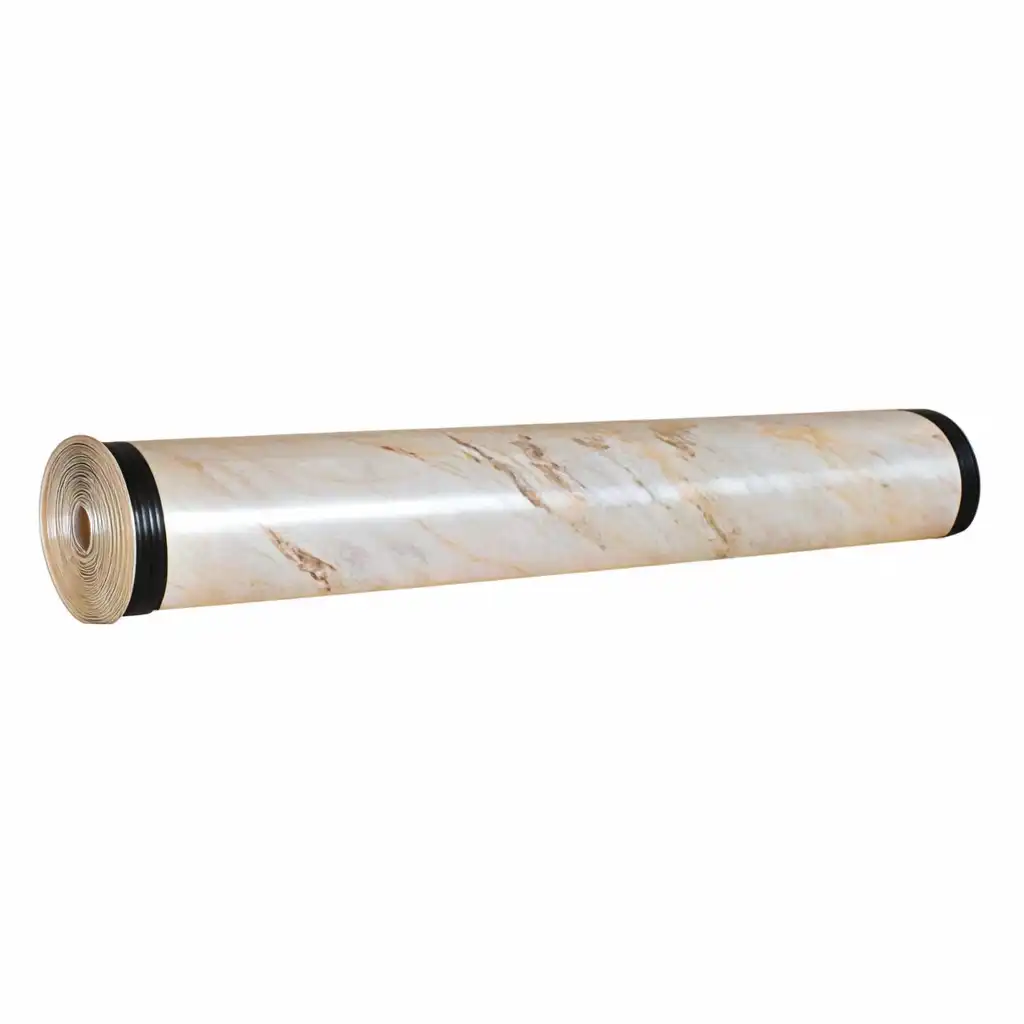How Does Edgebanding Work?
Edgebanding can be used to protect a wood edge, which can make it less likely to splinter or crack. The way it works is that it is made from plastic or veneer that is glued to the edge of the wood.
Veneer
Usually used as a protective cover for the edges of veneered panels, edgebanding can add a touch of elegance to any surface. In addition to offering a smooth finish, it adds durability to a finished panel. It can be used in a number of applications, including office furniture, retail fixtures and countertops.
Edgebanding veneer is available in several different finishes and sizes. It can be layered for a clean, solid wood look or dyed to match the color of a particular wood panel. The thickness of the veneer can range from 0.8mm to 2mm. This depends on the type of material and the grade of the wood veneer.
Depending on the application, edgebanding can be made from reconstituted veneer sheets or real wood veneer. In order to achieve the best result, it is recommended that you choose a quality veneer. These types of veneers have consistent colors and grain patterns, and are free of defects.
Edgebanding can be applied with a heat gun or household iron. If you need a stronger adhesive, you can buy a pressure-sensitive adhesive. You can also apply a hot-melt glue. However, you should be careful not to use glue that can melt at high temperatures.
Wood veneer edge bands are available in thick multi-layers and single-layers. They are ideal for straight-line or contour-radius applications.
Qisheng produces their veneer edgebanding in a variety of widths and lengths. Some of their products include finger joints, which are made by die cutting finger layouts in veneer. Their finger joint products are carefully matched and expertly sanded.
Plastic
The most common plastic used in furniture is polyvinyl chloride, which is not only durable but also offers excellent processing characteristics. These attributes have led to the growth of the furniture manufacturing industry.
Plastic edge banding comes in a wide variety of colours, materials and shapes. It can be used on both residential and office furniture. Using PVC edge banding will give your laminated shelves or melamine cabinets a sturdy finish and a high-quality appearance.
PVC Edge Banding is a flexible and durable product, especially for those pieces with rounded edges. It provides a flawless finish and is easy to install. In fact, it is the perfect choice for decorative surfaces.
There are two main types of PVC edge banding. One is thermoplastic, which is manufactured through an extrusion process. This type is available in a wide range of thicknesses and colours, making it an ideal match for most solid colours.
The other is a newer type, called ABS. This is a more eco-friendly material, which is often referred to as the greener product. Among the many advantages of using this material is that it has a heat-sensing adhesive, which is a key component of a good bond.
You can find all of these items in a variety of sizes and finishes at your local Cabinetmaker Warehouse. As with most items we carry, we will always be happy to help you make the right selection. We can even ship same day to save you time.
The best part about our edgebanding is that we have a wide variety of choices. Whether you are looking for a straight edge or something a bit more complicated, we can get it done for you.
Hot-melt glue
Using hot-melt glue for edgebanding is an affordable and versatile option that is ideal for most applications. The adhesive creates a strong, flexible bond that reduces the risk of peeling or delamination. It is also versatile and easy to work with.
Chinese market has a wide variety of hot melt adhesives available. These include filler and non-filler types, as well as a variety of viscosities. They are suitable for a variety of applications, from manual to automated production.
PUR (polyurethane) based hot-melt adhesives are resistant to moisture and cleaning agents. They have excellent adhesion to a variety of substrates, including solid wood and primed HPL. However, they cannot be re-melted.
Polyesters have a narrow melting temperature range, and can be blended with a variety of additives. This allows them to have high crystallinity. Additionally, they can be used alone.
High performance polyurethane based hot-melts are resistant to both moisture and high temperatures. They are also fast drying and provide a strong, long lasting bond. They can be applied to a variety of materials, including melamine, veneer, and solid wood.
EVA (ethylene vinyl acetate) based hot-melts are an affordable, multi-purpose adhesive. Their low density and high adhesion strength make them a perfect choice for manual and semi-automatic edge-banding applications. Both clear and translucent grades are available, as are natural and transparent colours.
Hot-melt adhesives can be re-melted repeatedly, allowing for a more secure bond. However, they should not be stored in areas with high humidity or temperatures above 120o F. Also, they should not be mixed with other adhesives.
In addition, it is important to use proper ventilation around the adhesive machine. The fumes produced by the glue can be a health hazard.
Preparing the wood
Edge banding is a technique that is used to seal the edges of raw wood boards, providing a more finished look. It also adds strength and durability to the piece.
When looking for edgebanding, there are different materials, finishes, and widths. Some are better than others. For example, you can get edge bands for exotic species, or you can find edge bands in various thicknesses. You might even want to consider a veneer tape instead.
A good rule of thumb is that plywood is a good choice. But you need to make sure that you cut it to the correct size. In addition, make sure that the edges are straight. If you have dados and rabbets in the board, it will be difficult to apply edge banding.
One way to do this is to use a router bit. This will allow you to create a more precise cut. Next, sand the edges with a sanding block. Try to be careful not to go too deep as you can damage the plywood.
Using the right tools can make your job easy. For instance, you can use a chisel and mallet to make clean cuts. Alternatively, you can use a FastCap trimmer from Woodcraft. Or you can just use a utility knife.
However, before you begin cutting, you should know that the glue needs to be heated before it will bond properly with the wood. You can do this by using an iron. Make sure that you do not iron on the same spot over and over.
The best cut is the one that is made by sliding the trimmer in the direction of the grain. Once you have made your cut, be sure to scrape off the excess glue.
Applying the edgebanding
Edge banding is used to finish the edges of plywood, particleboard, and other wooden boards. It may be applied with adhesive or by making a groove in the wood. The banding is then trimmed flush with the leading and trailing edges. This type of finish is often used to create a beautiful, more finished look.
Edgebanding tape is made from a variety of materials. Some are solid wood, while others are a thin strip of veneer. Both types can be made to match the color of the wood.
In addition to making the surface of a board look better, edge banding also provides a barrier against moisture. If you plan to install edgebanding, make sure to prepare your substrate well. You can apply plastic laminate to the front of the substrate before routing the edge.
Edgebanding is usually applied using an edgebanding machine. This type of equipment is typically expensive and takes up a lot of floor space. It is usually not used in smaller applications. When selecting a machine, you need to consider how large of a job you have in mind.
A typical edgebanding tape is made from a semi-rigid polyvinylchloride. It is also possible to find tapes based on ABS or polyolefins, but these require special primers. These primers can improve the adhesion of the tape to the edge of the board.
After applying the strip to the board, you can store it until you are ready to use it. You can also apply heat to the strip, which can increase the adhesion.
To get started, you’ll need to cut a piece of 3/4″ substrate to overhang the cabinet front and back. Once you’ve done that, you can start the process of applying the edgebanding.






